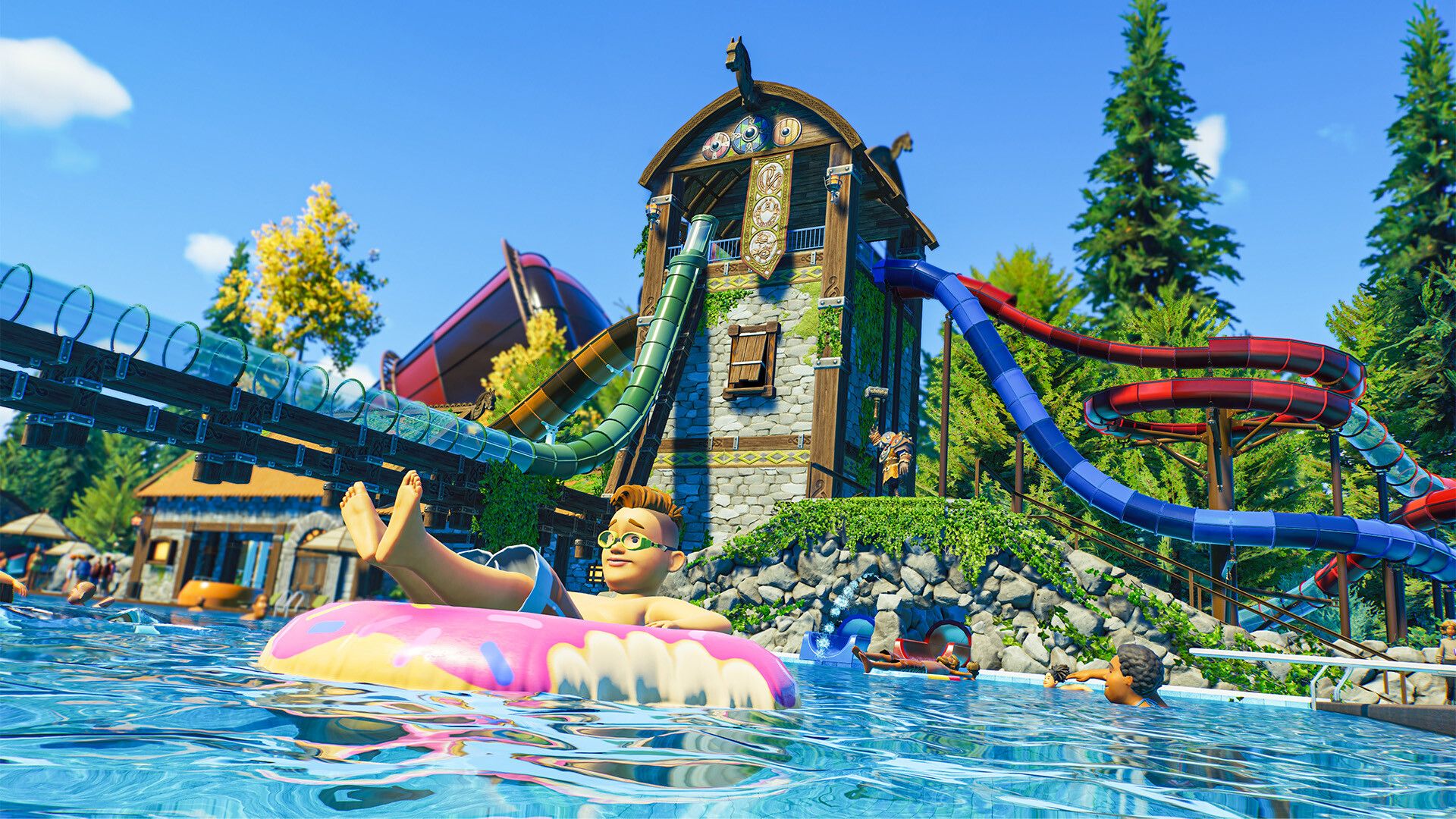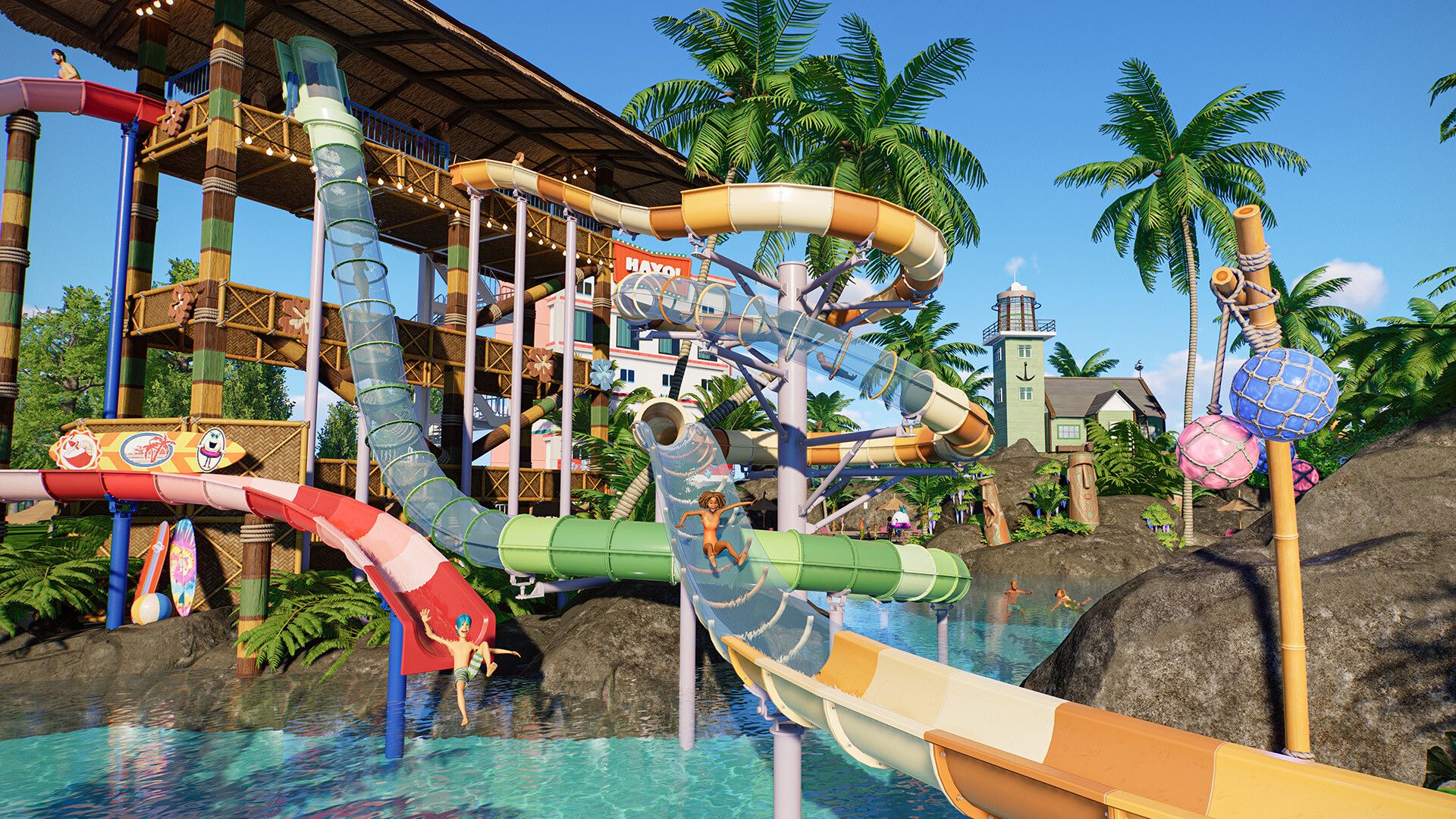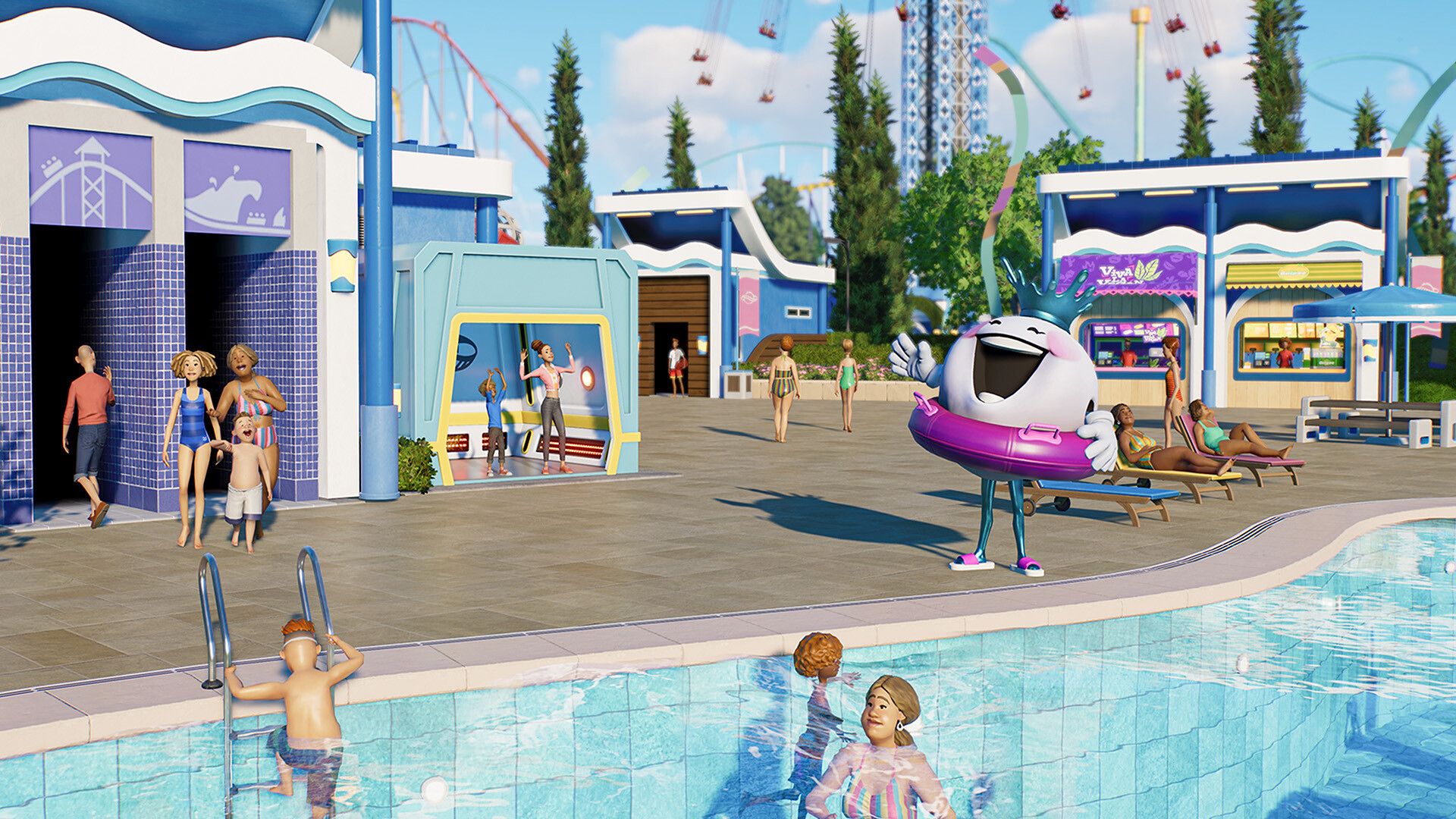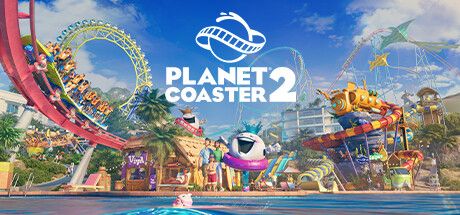Planet Coaster 2 Review
I am a huge fan of coaster and theme park sims, starting way back with the first RollerCoaster Tycoon in 1999. That game created a template that is still the guiding doc for theme park sims today. The player manages and builds coasters and other rides, and keeps visitors happy, well-fed, watered, and hopefully, safe. At the end of the day, profits are reinvested into building new and better rides and attractions. RollerCoaster Tycoon spawned two sequels and a host of spin-offs. Eventually, the franchise was acquired by Frontier Developments. Frontier released Planet Coaster in 2016, followed by a boatload of DLC. Eight years on, Frontier is bringing us Planet Coaster 2.
Get in Line
The first Planet Coaster game jumped out of the gate with a few technical issues and a lack of content but over the years has become a fan favorite. In addition to a staggering number of add-ons and content packs, there are dozens of content creators making immense, absurdly detailed, and very realistic theme parks. The amount of Steam Workshop content for Planet Coaster is immense. All this to say that Frontier’s mission with the sequel was to keep and improve what was already working, fix some ongoing frustrations, and move the game forward. It didn’t need to reinvent the wheel, just make it turn a little more smoothly.
In most ways, Planet Coaster 2 does just that. In other ways, though, the second game gunks up the works and relocates frustration to a different aspect of the process.
Planet Coaster 2, like the first game, has three main modes. There is a campaign, which is essentially a series of discrete economic, marketing, and building challenges. As in most sims, the campaign is primarily an extended tutorial and explains the game’s specific ways of doing everything from building water park rides to using the new power and pipe requirements. The narrative is a bit hokey but the challenges are engaging, if sometimes very exacting. There is a competitive multiplayer franchise mode, where players outbuild each other and chase bragging rights on a leaderboard. Finally, there is a sandbox mode, where the majority of creative builders will spend their time. Zoomed out, these are very similar in scope and design to those of the first game.

More than Skin Deep
The biggest changes come in the areas of new content, new building methods, improved graphics, and new coasters and attractions.
The most notable, high-profile addition is the ability to create water park attractions like pools, slides, and flumes, with a visual theme to go with them, plus new staff (lifeguards) and facilities. The water rides seem like a no-brainer addition but it has taken a long time for them to arrive. There are a couple of new visual themes to go along with the water park attractions. Overall, it’s great to be able to add a water-themed area to a park or create a water-centric park alone. There are a few disappointing design decisions, though, like the flume tubes being too small or having a flat bottom and unrealistic physics in the ride view.
Out of the gate, Planet Coaster 2 has five themes, including the generic Planet Coaster theme, Vikings, Classical Mythology, Tropical, and Water. Of course, none of the Planet Coaster DLC content is compatible with the new game, meaning that people will have to pony up for add-ons once again. When it comes to construction pieces, decorations, and special lighting or animation effects, there’s a decent but not overwhelming starter set. Some bits and bobs seem to be trucked over from Frontier’s Planet Zoo.
Speaking of Planet Zoo, Planet Coaster 2 carries over that game’s new power/utilities requirement system. This means, for example, building a grid of generators and cabling to provide electrical power to your attractions, plus specific support staff to maintain the equipment. I guess that this new system creates more realism and challenge to the economics of running the park if that’s something fans want. Happily, you can turn off the power requirement in Sandbox mode.

Ups and Downs
There’s one area where Planet Coaster 2 outshines the first game, and it’s an important one. Out of the box, so to speak, there’s an excellent starter selection of roller coasters, flat rides, tracked rides, and special pieces like switch tracks, drop tracks, and turntables. It’s an excellent and very wide-ranging array of real-world inspired rides, plenty enough to keep park builders happy for a good long time. One of Planet Coaster 2’s biggest new features is the ability to add scenic decor and other elements to the trains and cars. Track smoothing takes away some of the bumpiness of previous rides.
Planet Coaster 2 has revamped its path construction tools, allowing for much more flexible pathing over changes in elevations, or creating a path using a line tool instead of pieces. It’s not an incredibly intuitive tool, and sometimes there’s some very frustrating weirdness around the way pieces join but with practice, it does generate more realistic paths. And if things get too annoying, you can always revert to the “classic” tool.
Talking about Planet Coaster 2’s building tools brings us to the game’s biggest problem. The UI is atrocious. Instead of streamlining the building process, it adds sub-menus and tabs and plays hide and seek with basic information. In part, this new system comes from the need to have everything work with a controller since the game released simultaneously on consoles. But it puts PC users and builders — which are probably the majority of players — at a real and frustrating disadvantage when using mouse and keyboard. Quite frankly, all the cool new features, rides, and creative potential are significantly undercut by the unintuitive frustration of the interface.
Up to Date
Planet Coaster always looked good, and the sequel makes use of present-day graphics cards and their potential for greater fidelity. The water looks fantastic and the passenger view on the coasters is silky smooth. The new weather effects are exciting, not just aesthetically, but for their impact on building and park logistics. Unfortunately, in its present state, there’s a lot of optimization left undone. Performance is choppy and there’s a bit — or a lot — of lag between selecting a coaster or scenic piece and having it appear to build with. I’m using a high-end system and in addition to some crashes and freezes, there’s an overall feeling that Planet Coaster 2’s tech is still in need of a few patches and additional polish.

I’ve loved and played Planet Coaster for years, and I really wanted the sequel to be the ultimate coaster-building experience. The potential is there. The water features are great, and the new coasters are exciting. Many of the tweaks and changes add new flexibility and sophistication to the building process. At the same time, the game’s lack of final technical polish and its time-consuming, heavy learning-curve, convoluted UI added an element of frustration to what should have been a familiar but unassailably better experience.
***PC code provided by the publisher for review***
The Good
- Awesome new coasters and flat rides
- Water park attractions and new themes
- Some improved tools
The Bad
- Very frustrating interface
- New power system just adds complication
- Needs polish and optimization
- Small selection of themes

